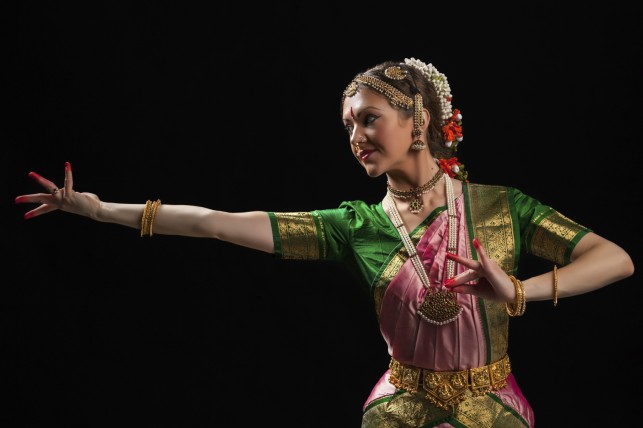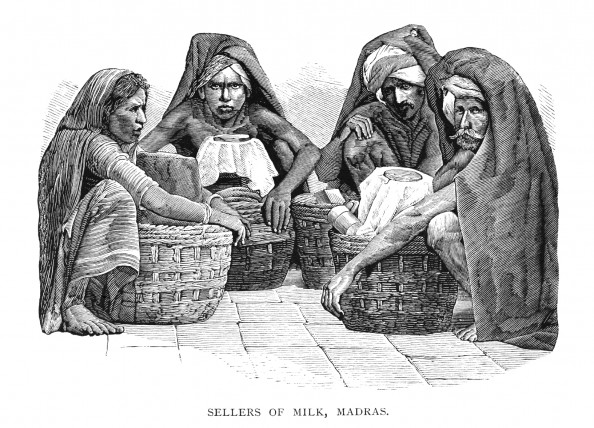When Madras became Chennai
Madras, rechristened as Chennai in 1996, was a relic of a timeless age.
Take Mylapore as an instance where life revolved around the gloriously huge, multi-tier, towering Kapaleeshwarar temple. The tank in front stages the float festival once a year and the temple itself huge to accommodate a Carnatic or Bharatnatyam dance programme and a retinue of old retired men congregating for camaraderie and gossip. Nubile girls wore dhavanis, menfolk woke to filter coffee and ‘Hindu” and MS Subbulakshmi’s suprabatham gramophone record or radio for a self-contained and self-contended world.

All that changed at the dawn of the computer industry made inroads in the city from a snail pace in the late 80s to an exponential growth in the 90s. It is taken less than twenty years for that laidback culture to go cosmopolitan: mushrooming night clubs, younger workforce descending into the city in large numbers from other states, night shifts in BPOs amongst mind numbing changes in lifestyle and culture seen on the roads.
The most visible change is that the city has extended. Words like ECR and OMR have become popular parlance only after Tidel Park came into being in 2000. The narrow roads have doubled and tripled to three lane drives and glittering office complexes. Even the MRTS line from Mylapore to Velachery got operational only in 2004. The city has practically exploded before our eyes.

In the 70s and 80s Madrasis would go to Bombay or Delhi for better career prospects. As the software industry grew rapidly in South India – the top five companies are based either out of Chennai or Bangalore – the reverse migration happened in the 90s and 2000s.
Software industry pays their employees well, so well that the city’s vehicle population rose by 300% in the last fifteen years.
The real estate has shot up at least four times in the decade particular the land value around Tidel Park. In Besant nagar the rentals have shot over 100% in the period. The restaurant business has matched in tune to cater to the new horde of arrivals. Krishna Sweets, Murugan Idly, Saravana Bhavana chains grew alongside Punjabi Dhaba and Dhaba Express.

More vehicles on the roads, real estate growth, and development of IT parks are demographic but the cultural change is most evidenced on the roads. Dhavani has been replaced by Salwar Kameez; Hindi is more heard on Chennai roads, samosas and chats on thoroughfare are instances of North Indian influence.
Of course the brass bell on Kapaleeswara temple still gongs and there is still a Carnatic concert or a Sundar Kumar’s discourse but it is long drowned in the blast of a music floor in Dublin or Pasha or any bars of a five star hotel. You see, the younger generation is a lot more boisterous and wired to the internet and social media and carry their world on their hands inside a smartphone. Maybe this is one city where the name change also meant a generational shift.
Also read
Decoding the Tamil Maami: From Mylapore to mallipoo
10 things that can really p@#$ off a Chennaiite
The new metro and other things that make Chennaiites puff up with pride

OMG-inducing, share-compelling, like-attracting, clutter-breaking, thought-provoking, myth-busting content from the country’s leading content curators. read on...
